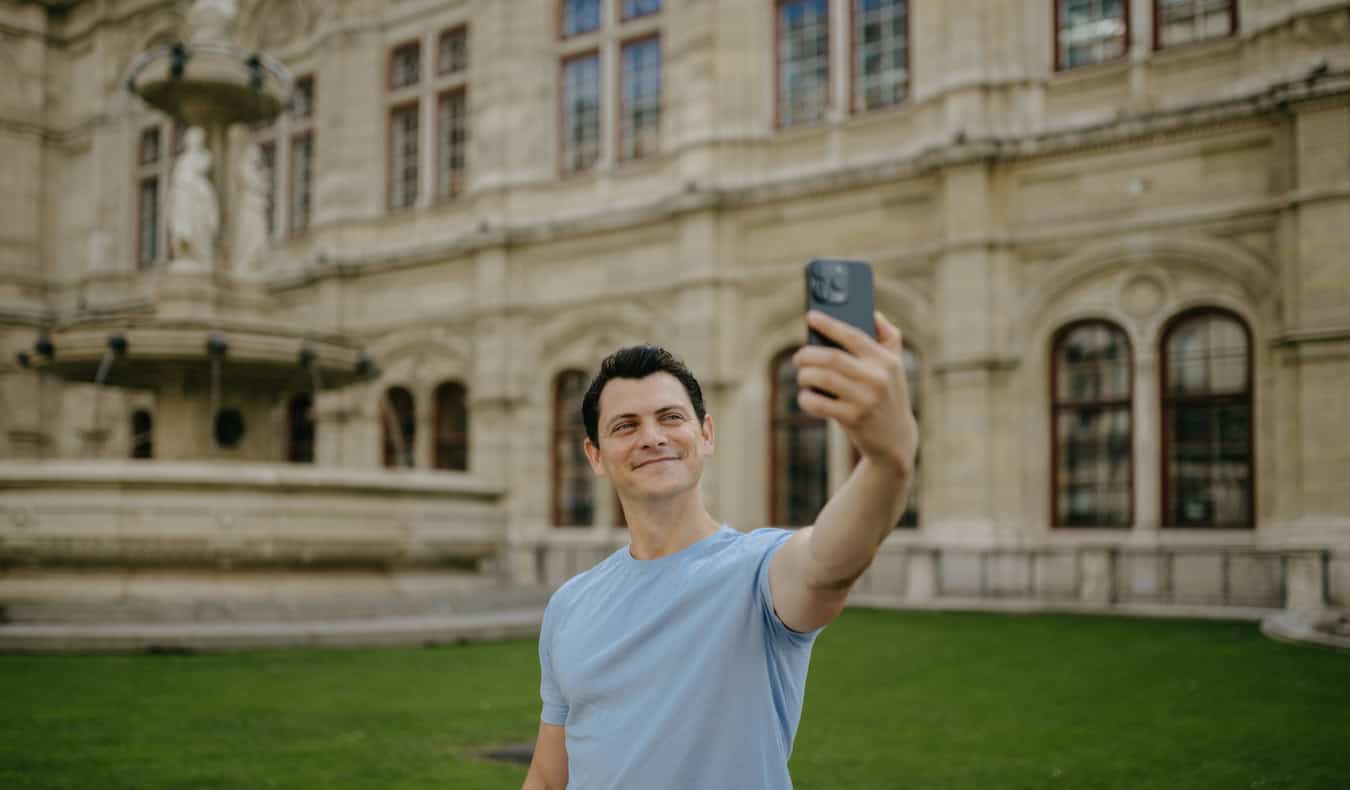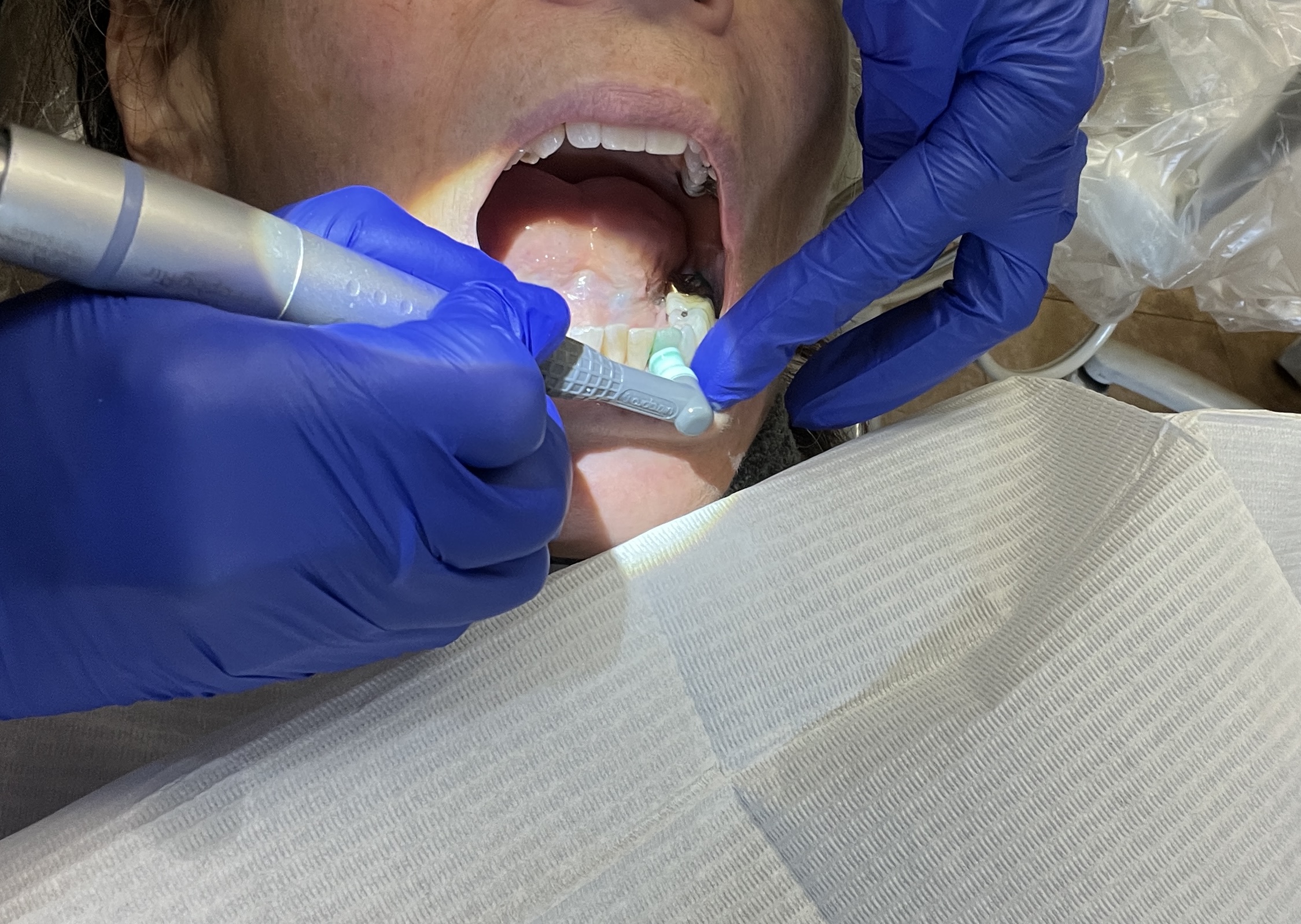Category: Breaking
-

4 Nations lit the lamp for NHL, but could it work in the NBA or MLB?
The NHL scored big by going global to fight midseason doldrums, leaving North America’s other major pro sports leagues to ponder what they could do to re-energize their dreary all-star breaks. Hockey’s top league spent its February All-Star break staging the 4 Nations Face-off, a seven-game competition featuring national teams of the United States, Canada,…
-

As school reform talks dominate, many ask: What about health care?
Last month, Education Secretary Zoie Saunders sat before lawmakers to discuss the latest details of Gov. Phil Scott’s sweeping plan to overhaul Vermont’s pre-K-12 system. As legislators peppered her with questions, one asked: How would the governor’s proposed funding formula address the rising cost of health care in schools? “I keep getting asked to fix…
-

‘Severance’ creator Dan Erickson breaks down Gemma’s ‘nightmarish’ experience at Lumon
“Chikhai Bardo,” episode 7 of Severance Season 2, is nothing short of jaw-dropping. The episode intertwines Mark’s (Adam Scott) memories of his and Gemma’s (Dichen Lachman) relationship with our first-ever look at Gemma’s experience on Lumon’s testing floor. The former gives us a deeper understanding of their marriage, in all its highs and lows,…
-

A Comprehensive eSIM for Travelers
When I started backpacking almost 20 years ago, there were no smartphones. That meant you had to rely on paper maps, physical guidebooks, and (often outdated) information from random web forums. While it made traveling adventurous, it also made planning a trip very difficult. Fortunately, times have changed. It’s never been easier to access information…
-

OpenAI unveils GPT-4.5 ‘Orion,’ its largest AI model yet
Updated 2:40 pm PT: Hours after GPT-4.5’s release, OpenAI removed a line from the AI model’s white paper that said “GPT-4.5 is not a frontier AI model.” GPT-4.5’s new white paper does not include that line. You can find a link to the old white paper here. The original article follows. OpenAI announced on Thursday…
-

Lawmakers propose higher Medicaid reimbursement rates for NC dentists
By Anne Blythe When North Carolina started enrolling more people in the expanded Medicaid program almost 15 months ago, hundreds of thousands of low-income people became eligible for an array of dental services. But that didn’t mean dentists across the state started welcoming the new Medicaid beneficiaries onto their chairs. Nearly 60 percent of North…
-

Hiking Off the Beaten Path to Huchuy Qosqo
“How high is this hike again?” I asked as I panted up the mountain trail, the top seeming so far off in the distance. “12,0000 feet,” our guide Efrain said cheerily as he and the others from the Amazonas Explorers office glided up the trail. “But it flattens out soon!” he added as a bit…
-

My 6 Step Guide to Planning a Trip in 2025
Backpacking Europe is one of my favorite things to do as a traveler. There isn’t a year I don’t criss-cross the continent (except 2020 when no one was crossing Europe). During the summer, hostels burst with life, the Mediterranean sparkles, streets fill with people drinking wine and enjoying the day, and the late night setting…
-

Spyzie stalkerware is spying on hundreds of Android and iPhone customers
Slightly-known telephone surveillance operation known as Spyzie has compromised greater than half 1,000,000 Android units and hundreds of iPhones and iPads, in line with information shared by a safety researcher. Many of the affected gadget homeowners, who’re unknown, are doubtless unaware that their telephone information has been compromised. The safety researcher instructed TechCrunch that Spyzie…
-

How you can Keep away from Paying Financial institution Charges Whereas Touring (Up to date 2025)
Discovering the cash for journey is likely one of the greatest challenges folks face relating to taking a visit. It may take years to save lots of up for that dream journey! And, when folks lastly save up sufficient and hit the highway, what do most of them find yourself doing? They throw cash away…